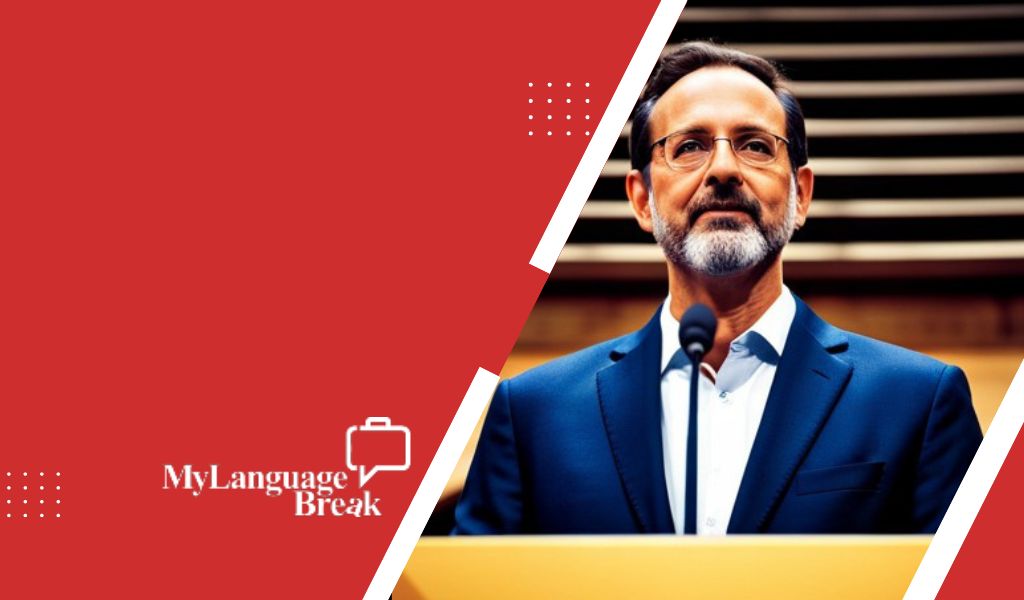The Spanish language is easy to learn for English speakers. The grammar is relatively straightforward, and there is no gender. It’s also a language of South America and the Caribbean, two regions where English speakers are less likely to feel out of place. All of these factors make Spanish a language that English speakers can succeed in. Combined with the fact that Spanish is the second-most widely spoken language in the world means that English speakers who are serious about communicating with non-English speakers, can use Spanish as a powerful tool.
However, the amount of time and effort to excel in this language varies from person to person. For some, it takes months, for others years. It directly depends upon the amount of effort and time that you put in to achieve the desired results. However, for the majority, it is somewhere in between.
How can a person go about creating their own path to fluency?
Below we suggest some strategies and tools that will aid you in achieving this goal:
Practice speaking from the very 1st day:
Listening, reading, and speaking are the most effective tools to learn any language. However, speaking boosts your confidence level. This strategy of speaking in Spanish from the start is like setting small goals and achieving these goals straight away.
No doubt, in the beginning, you will not get the right words in your mind and you will make many mistakes. However, this practice of speaking Spanish will train and prepare your mind to think in Spanish. And you will enjoy the results. Therefore, to achieve fluency fast you must speak Spanish right from the start.
Learn new vocabularies as fast as possible
Of course, the more vocabulary you have, the greater your fluency will be, but be careful not to overload yourself. Instead, focus on learning the vocabulary that will allow you to have a conversation in your daily routine.
There are certain words and phrases that are widely used on daily basis. Therefore, shift your focus on memorizing and understanding these words. You can find these important words and phrases in any Spanish lexicon.
You also have the option to learn new words with the help of mnemonics and flashcards. This mode of learning will provide the brain with a solid vocabulary to use during this process. Nowadays a lot of Apps are available on the App Store for this purpose. some of these Apps are:
• Anki
• Memrise
• Vocabulary.com
• Reverso.net
But there is a problem with new words.
we often forget these new words after sometimes. This is because we don’t practice these new words. Therefore, practice is must to increase the life of these words in your brain. Try to use these words more and more in your daily conversation and writing. Making sentences of these new worlds is really effective way to remember new Spanish words.
Learning in a group
One of the easiest ways to learn Spanish and make new friends is to attend a Spanish class. There are many schools in your area that offer group classes. This could be a great opportunity to meet native speakers, get you motivated, and gives you the opportunity to practice your Spanish skills. In addition, classes give you the chance to focus on specific topics that interest you.
There are many ways to learn in a group. For example, with one-on-one instruction, small groups, or large classes. Each class size has its advantages and disadvantages. A large class may be the most affordable option, but you will share limited time with the teacher. A small class may not be as affordable, but this setting may allow you to put more time and effort into your studies.
Stop speaking English
Not only do you have to speak Spanish; you need to also stop speaking English. This is one of the most important factors in achieving fluency.
It’s easy to get distracted by using English. You may feel comfortable using it when talking to your friends. Or you may feel that you need to use it in certain situations. However, stop using English as much as possible. Start learning the words to communicate things in Spanish.
This may sound like a difficult task, but it will become easier over time. Try to limit your time talking in English. If there is a need for you to use English, try to use only minimal words. For example, when you go shopping, use “please” and “thank you”. When answering the phone, repeat what was said before putting the phone down.
These repeated words will help you to reduce the use of English. It’s important to remember that learning a new language is not easy. You have to be patient with yourself and keep pushing forward.
Read, read, and read
Reading is one of the best ways to effectively learn a new language. Reading will help you to know how to speak Spanish. But not only this, reading has additional advantages. It provides you with the fluency to improve your conversation skills. It helps you to avoid grammar mistakes. Also, reading improves your listening skills too. Therefore, read as much as possible. Most of your reading should be in Spanish because this will improve your understanding and vocabulary.
Reading is also the most effective way to practice your Spanish writing skills. Reading can be done in the form of books, newspapers, magazines, poems or any other topics. Reading is not only a useful tool for learning Spanish but it will also increase your knowledge and understanding of others culture.
Immersion
Immersion can be defined as being a part of a culture. You should immerse yourself in the Spanish language and culture. To many people this sounds like an expensive trip to Spain or South America. However, it does not have to be that costly.
Instead, you may find ways to learn Spanish and join the Spanish culture without having to travel. For example, you could attend classes or join a community organization. Or you could use the Internet to learn more about the Spanish language and culture.
There are many free resources on the Internet to help you with your immersion. Here are some suggestions:
• TV in Spanish
• Radio in Spanish
• Spanish newspapers
• Spanish websites
• LinkedIn groups in Spanish.
Use Professional help
If you are unable to learn Spanish (due to various reasons), you may have the opportunity to learn it through private lessons, Spanish tutors, conversation partners and online tutoring.
Here I would like to emphasize on the fact that learning a language is not easy. It takes a long time to achieve fluency in a foreign language. Therefore, you need to be patient. This is why it is important for you to choose the right tutor or conversation partner. This way, your learning process will be efficient and effective.
Consume media in Spanish
Surprisingly enough, there are many forms of media (music, photography, movies) and communication (social media, SMS and instant messaging) in which you can greatly improve your Spanish. If you are a technology geek, you can even land up being glued to your smartphone or tablet.
So use this technology to learn Spanish. For example, if you are a fan of movies and songs, there are many movies and songs in Spanish that you can choose to watch or listen to. And you can use social networks, texting and instant messaging to communicate with your friends.
Spanish media is more than just good entertainment. With movies, music, television or radio, you can learn this beautiful language. In addition, it improves communication skills and helps you to better understand other cultures.
Fluency is an ongoing process
To achieve fluency in Spanish, you are going to have to put in a lot of time and effort. And these hours of work won’t happen overnight. For best results, it’s important to set up a routine that you can stick to every day.
First, set aside time in your day to study Spanish. You may choose to study before you go to bed at night. Or you can work for 15 or 30 minutes in the morning, before you get started on other tasks.
Second, try to set aside a certain day of the week. You may choose Sunday or any other day that works best for you. For this day, you should give yourself time to study properly and thoroughly without any distractions.
Third, set aside a certain amount of time to dedicate for your practice. You should spend 20 to 30 minutes per day, at least 5 days a week. It is best to do this practice while you are doing something else. For example, you may read or listen to audio material. You may also do it while doing chores or driving in your car.
Lastly, plan to review your goal for the week. Review your progress and rate how well you are doing. For example, you can review how many words you have learned during the week. Or you may review the grammar you’ve been studying that week.
If you can stick to these steps, you will be able to master Spanish in no time. Don’t give up! The best way to accomplish any goal is by consistently practicing and working hard.
The above steps will help you achieve your goal of being able to speak Spanish fluently

